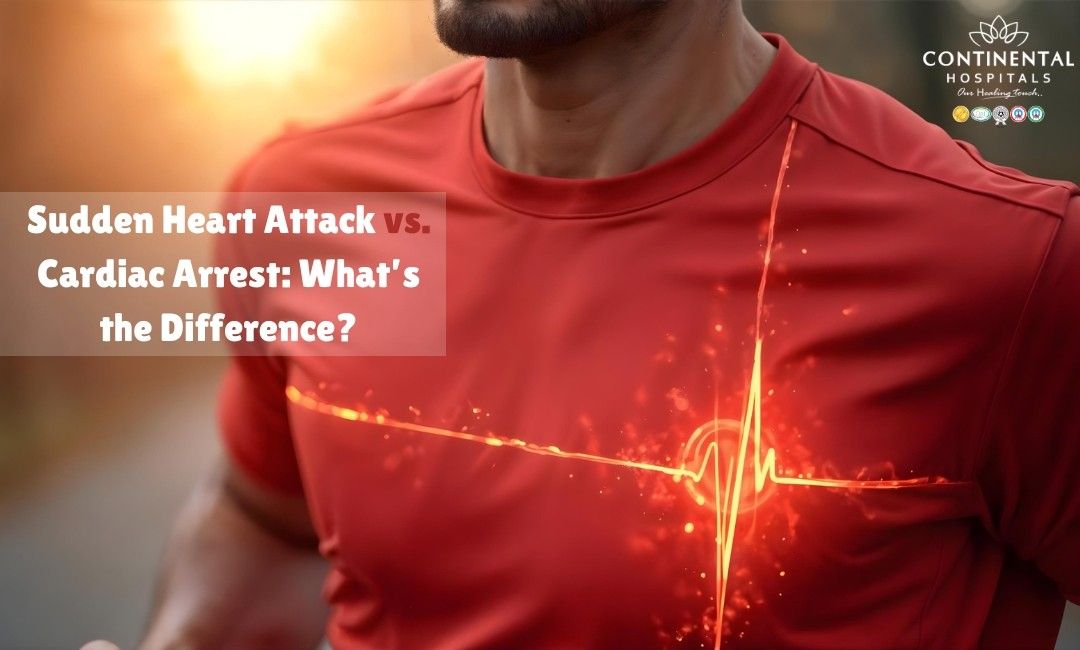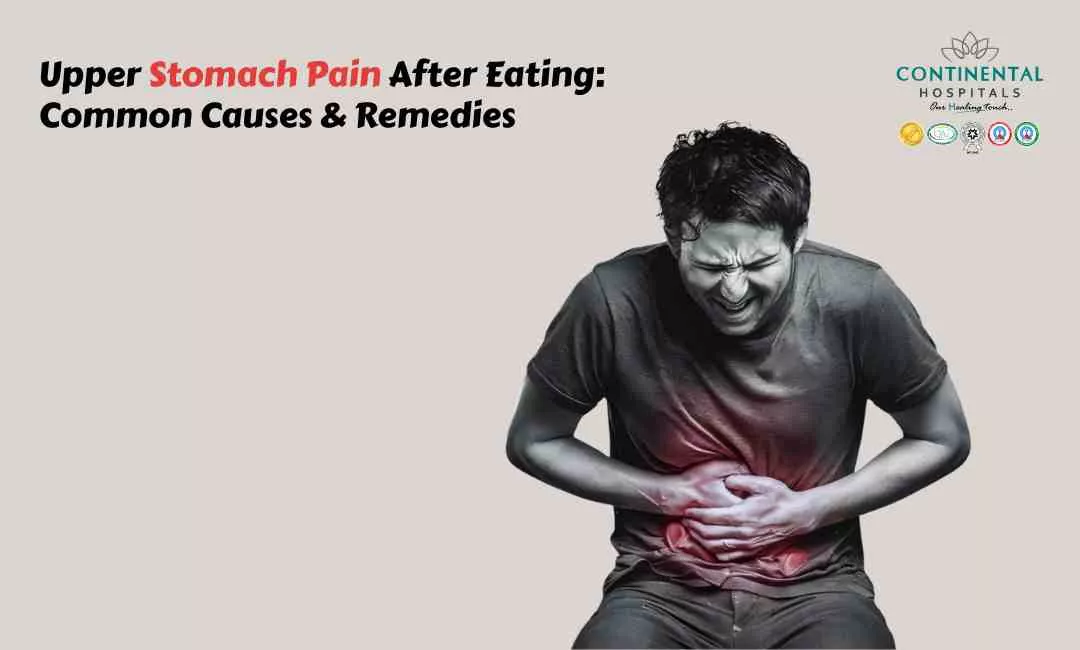When it comes to heart health, two terms often used interchangeably are “heart attack” and “cardiac arrest.” While both are serious heart-related conditions, they differ significantly in causes, symptoms, and outcomes. Understanding the difference between a heart attack and cardiac arrest is crucial, as it could help save lives.
What is a Heart Attack?
A heart attack, also known as a myocardial infarction, occurs when the blood flow to a part of the heart is blocked. This happens due to a blockage in the coronary arteries, typically caused by a buildup of plaque. When the heart muscle is deprived of oxygen-rich blood, it begins to die, leading to permanent damage if not treated promptly.
Causes of a Heart Attack:
Coronary artery disease (CAD): The most common cause, where arteries become narrow or blocked due to cholesterol and plaque buildup.
Blood clot: When plaque ruptures, a blood clot can form and block blood flow to the heart.
Spasm of a coronary artery: Sometimes, a heart attack can be caused by a spasm that temporarily reduces blood flow.
🥗 Healthy Plate Challenge
🍽 Add Your Favorite Dish
Pick Your 6 favorite foods, eat, and see the results.Drag & drop foods onto your plate.
Drop Food Here
Symptoms of a Heart Attack:
- Chest pain or discomfort, often described as a feeling of pressure or tightness
- Pain radiating to the arms, neck, jaw, or back
- Shortness of breath
- Sweating
- Nausea or vomiting
- Lightheadedness or dizziness
- Fatigue
It’s important to note that heart attack symptoms can vary, especially in women, who may experience milder symptoms like nausea, back pain, or fatigue rather than intense chest pain.
What is Cardiac Arrest?
Cardiac arrest is a much more sudden and catastrophic event than a heart attack. It happens when the heart unexpectedly stops beating, cutting off the blood supply to vital organs like the brain and lungs. Without immediate treatment, cardiac arrest can lead to death within minutes.
Unlike a heart attack, which affects the heart’s blood flow, cardiac arrest is caused by an electrical malfunction in the heart that disrupts its normal rhythm. This irregular heartbeat, known as an arrhythmia, prevents the heart from pumping blood effectively.
Causes of Cardiac Arrest:
Ventricular fibrillation (VF): A life-threatening arrhythmia where the heart’s lower chambers quiver instead of contracting properly.
Heart attack: A heart attack can sometimes lead to cardiac arrest, but not all heart attacks result in one.
Congenital heart conditions: Structural problems in the heart present at birth can lead to sudden cardiac arrest, particularly in younger individuals.
Heart disease: People with underlying heart conditions, such as heart failure or cardiomyopathy, are at higher risk.
Electrical abnormalities: Some individuals may have inherited conditions that affect the heart's electrical system, causing it to suddenly stop.
Symptoms of Cardiac Arrest:
- Sudden loss of consciousness
- No pulse or breathing
- Immediate collapse
- Gasping or abnormal breathing
- Unresponsiveness
Because cardiac arrest happens suddenly, it often occurs without warning, and the individual will lose consciousness within seconds. Immediate medical intervention with CPR and the use of a defibrillator can significantly improve survival chances.
Key Differences Between Heart Attack and Cardiac Arrest
While both conditions affect the heart, the differences between a heart attack and cardiac arrest are substantial.
| Heart Attack | Cardiac Arrest |
| Blood flow to the heart is blocked | Heart stops beating due to electrical issue |
| Usually accompanied by chest pain | Occurs suddenly without warning |
| The person may remain conscious | Person loses consciousness instantly |
| Can lead to cardiac arrest if untreated | Requires immediate CPR and defibrillation |
A heart attack is primarily a circulation problem, while cardiac arrest is an electrical issue. While a heart attack can cause cardiac arrest, it’s not always the case. However, someone experiencing a heart attack may have time to call for help, whereas cardiac arrest requires immediate attention from bystanders to administer life-saving procedures like CPR and using an AED (automated external defibrillator).
What to Do in Case of a Heart Attack or Cardiac Arrest
Knowing how to respond during a heart attack or cardiac arrest is critical to saving lives.
If you suspect a heart attack:
- Call emergency services immediately.
- Keep the person calm and seated.
- If the person is conscious, they can chew aspirin (unless allergic) to help thin the blood.
- Do not drive yourself to the hospital – wait for medical help.
If someone collapses from cardiac arrest:
- Call emergency services.
- Begin CPR immediately – push hard and fast in the center of the chest.
- If available, use an AED to shock the heart back into a normal rhythm.
Every second counts in the case of a cardiac arrest. Bystanders can dramatically improve the outcome with quick action.
Risk Factors and Prevention
Both heart attack and cardiac arrest share several risk factors, including:
- High blood pressure
- High cholesterol
- Smoking
- Diabetes
- Obesity
- Sedentary lifestyle
- Family history of heart disease
- Excessive alcohol use
To lower your risk of heart attack and cardiac arrest, adopt a heart-healthy lifestyle by:
- Eating a balanced diet rich in fruits, vegetables, and whole grains.
- Engaging in regular physical activity.
- Maintaining a healthy weight.
- Managing stress.
- Quitting smoking.
- Controlling high blood pressure, cholesterol, and diabetes through medication or lifestyle changes.
Importance of Medical Checkups
Regular health checkups are essential for preventing both heart attacks and cardiac arrest, especially if you have risk factors. A cardiologist can evaluate your heart health, recommend lifestyle changes, and prescribe medications if necessary to reduce your risk.
Don’t wait for symptoms to appear – proactive care can save your life.
Conclusion
Though often confused, a heart attack and cardiac arrest are very different conditions. A heart attack is a problem with blood flow, while cardiac arrest is a sudden stop in the heart’s electrical system. Both are life-threatening, but recognizing the differences and acting quickly can save lives.
If you’re concerned about your heart health, consult our best cardiologists at Continental Hospital for personalized care and guidance.
.webp)














